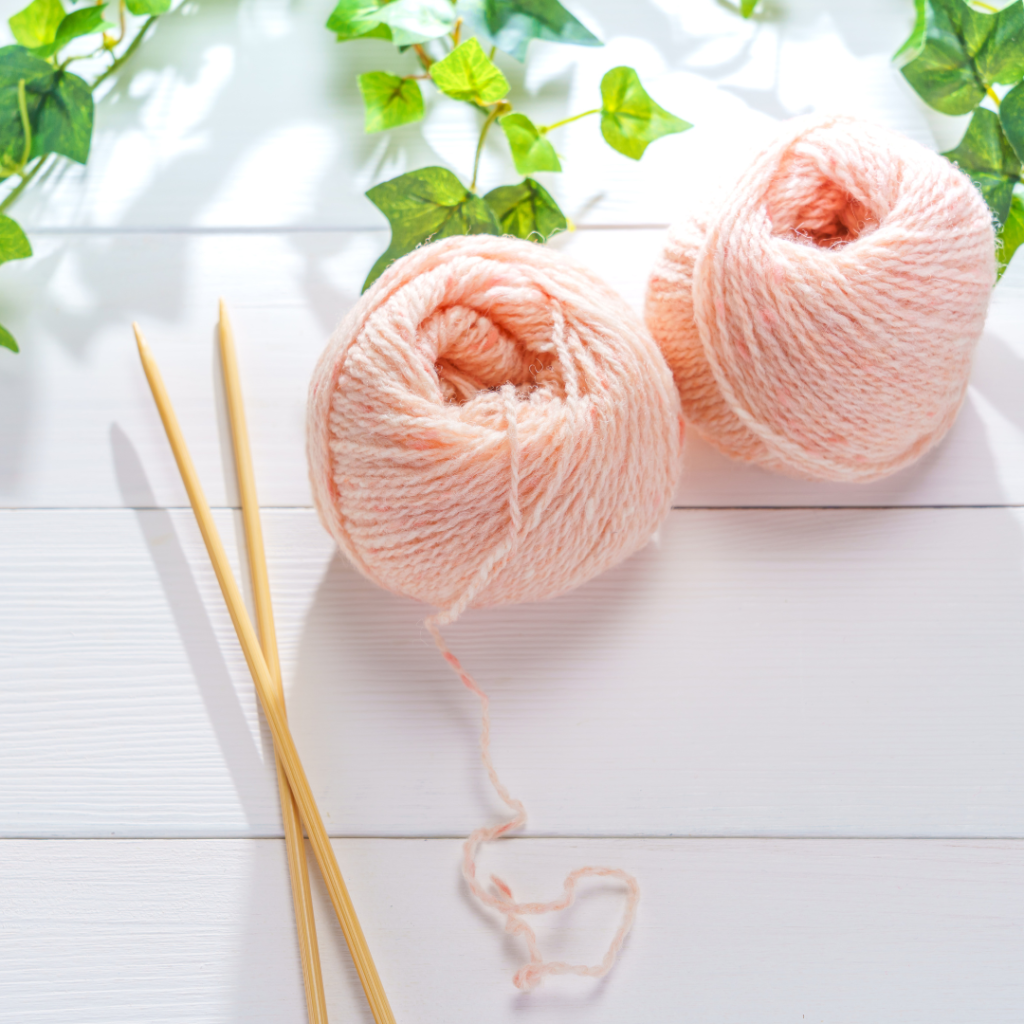There is no way to go back once you’ve jumped into the world of yarn. You want to know more about the industry and how to improve your skills. Let’s talk about the best yarn for knitting today. It will ensure that you buy the correct yarn when you’re shopping. You must first know what is yarn. In a word, yarn is a twisted thread used for knitting, sewing, weaving, or, in our example, crocheting. Various types of fibers create different types of yarns. Each yarn is available in a specific weight range and color. Furthermore, every yarn has unique qualities that set it apart from the rest. Today on this blog, I’m going to share some tips about what I consider the top ”7 must-have yarns for knitting and crocheting”. Let’s see.
Cotton
The idea is a cotton yarn for knitting accessories that is both long-lasting and well-kept. Cotton is generally breathable and lightweight, which makes cotton-based yarns ideal for summer. It also holds for almost all other plant fibers. It is absorbent, really a soft feel, and is available in a variety of colors. It is also flexible and simple to knit.
Acrylic
The quantity of air that can pass through the cloth is restricted as a result of several acrylic yarns being very fluffy and fuzzy. Acrylic yarns are usually a little scratchy, which is undesirable in the heat. Select carefully, because only a few types of acrylic yarn are suitable for summer. While it is typically best to combine acrylic with cotton fibers, some pure acrylics can still be beneficial.
Wool
Untreated animal fibers can be trusted if moisture and agitation are introduced. As you are aware if you are familiar with animal fiber yarns. To avoid felting, animal fibers in use in superwash provide a soft covering. When it’s hot outside and you’re wearing an outfit made of non-superwash animal fibers. For your knitting accessories, animal fur yarn is the best, such as wool.
Linen Flax
Linen flax, one of the earliest fibers ever produced, is made from plants. It has a greater tendency to wrinkle than woven cloth while being quite strong and light. Similar to wool, linen is both warm and cold weather-fit and very absorbent. Unlike cotton, linen is less likely to stretch and tends to soften when washed.
Alpaca
Alpaca has a luxurious feel to it and is very soft. Its hollow fibers, which work as little protecting rods, give it a lot of heat, which makes it ideal for winter knitting accessories. Wearing anything made of 100% alpaca will be incredibly warm, using an alpaca blend is a good idea.
Mohair
Popular mohair is usually combined with silk or nylon to make a strong, fluffy yarn that can be colored in a range of ways. If it is used for a complete garment, mohair can itch, so it’s better to try it out on your skin first. Holding a very fine laceweight mohair mix fabric twice can generate a warm, soft fabric that gives a garment a unique look.
Cashmere
Cashmere is combed from the stomachs of hill goats and is very soft and warm. It is also very expensive. It’s the highest-quality available option. Most yarns have a small amount of cashmere for softness, but very few do. It is the best yarn for knitting accessories.
